Home

Posterior Placenta: A Comprehensive Guide for Moms-to-Be
In this Article
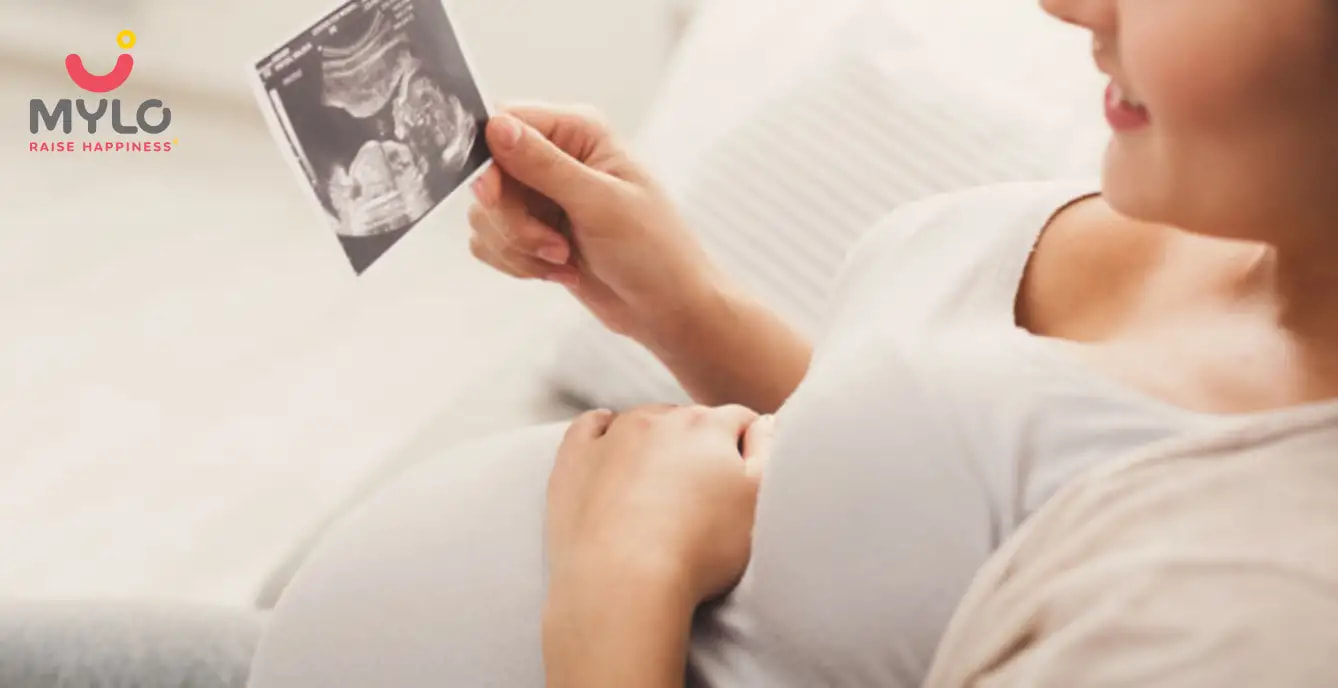
Posterior Placenta: A Comprehensive Guide for Moms-to-Be
Updated on 19 February 2024
The placenta is an essential organ that forms during pregnancy and provides oxygen and nutrients to the developing fetus. In some cases, the placenta may attach to the back of the uterus, which is known as a posterior placenta. In this comprehensive guide, we will discuss everything moms-to-be need to know about this condition, including its meaning, different grades, effects on pregnancy, and tips for a healthy pregnancy.
Posterior Placenta Meaning
Placenta posterior means that the placenta has attached to the back of the uterus, closest to the spine. This is different from an anterior placenta, which attaches to the front of the uterus, closest to the belly. It is also known as a back placenta.
Understanding Different Grades of Posterior Placenta
Posterior placenta can be graded based on its maturity or how developed it is. This grading is done during the second trimester ultrasound, and it is essential to understand the different grades to know the potential effects on pregnancy.
1. Posterior Placenta Grade 1
Grade 1 posterior placenta is the least mature type, and it means that the placenta is just starting to attach to the back of the uterus. This type of placenta usually does not have any adverse effects on pregnancy and is considered normal.
2. Placenta Posterior Grade 2
Grade 2 posterior placenta is the intermediate type, and it means that the placenta is partially attached to the back of the uterus. This type of placenta may cause some discomfort during pregnancy, but it is usually not a cause for concern.
3. Placenta Posterior Grade 3
Grade 3 posterior placenta is the most mature type, and it means that the placenta is fully attached to the back of the uterus. This type of placenta may cause complications during pregnancy, such as preterm labor or fetal growth restriction.
What is the Effect of Posterior Placenta on Pregnancy?
Now that we know what placenta posterior means and its different grades, let us understand its effect on pregnancy. Having a back placenta does not necessarily mean that there will be any adverse effects on pregnancy.
However, in some cases, it may cause complications. Some of the potential effects on pregnancy include:
1. Back pain
Since the placenta is attached to the back of the uterus, it may cause discomfort or back pain.
2. Difficulty in feeling fetal movements
A posterior placenta may make it difficult to feel the baby's movements, especially in the early stages of pregnancy.
3. Increased risk of preterm labor
Posterior placenta grade 3 may increase the risk of preterm labor.
4. Fetal growth restriction
In some cases, a posterior placenta may restrict fetal growth, leading to a smaller baby.
Is There a Relation Between Posterior Placenta & Gender?
There is a popular belief that the position of the placenta may be related to the baby's gender. However, there is no scientific evidence to support this claim. The baby's gender is determined by the father's sperm, and the position of the placenta has no effect on it.
How to Differentiate Between Anterior and Posterior Placenta?
When it comes to anterior vs posterior placenta, here is the key difference between anterior and posterior placenta:
1. Location
The primary difference lies in their location within the uterus, with the anterior placenta being on the front wall and the posterior placenta being on the back wall.
2. Sensations
Women with an anterior placenta might feel fetal movements less distinctly or later in their pregnancy due to the placenta acting as a cushion. On the other hand, those with a posterior placenta might feel movements more prominently and earlier.
3. Labor and Delivery
The position of the placenta can also influence the experience of labor and delivery, but it's important to note that individual experiences may vary.
What are the Implications of Posterior Low Lying Placenta?
A posterior low lying placenta means that the placenta has attached to the back of the uterus, but it is close to the cervix. This condition may cause complications during pregnancy, such as bleeding or premature labor.
In some cases,it may resolve on its own as the uterus expands, but in other cases, it may require medical intervention.
Tips for a Healthy Pregnancy with Posterior Placenta
If you have a posterior placenta, there are some things you can do to have a healthy pregnancy:
1. Stay active
Regular exercise can help alleviate back pain and promote healthy fetal growth.
2. Monitor fetal movements
Keep track of your baby's movements and contact your doctor if you notice any changes.
3. Attend regular prenatal appointments
Regular checkups can help detect any potential complications early on.
4. Eat a healthy diet
A balanced diet with plenty of nutrients can help promote healthy fetal growth.
5. Manage stress
Stress can have adverse effects on pregnancy, so it's essential to find ways to manage it.
Final Thoughts
Having a posterior placenta is a common occurrence during pregnancy, and it does not necessarily mean that there will be any complications. However, it is essential to understand the potential effects of the position of the placenta and take steps to have a healthy pregnancy. By staying active, monitoring fetal movements, attending regular prenatal appointments, eating a healthy diet, and managing stress, moms-to-be can ensure a healthy pregnancy and a healthy baby.
References
1. Zia S. (2013). Placental location and pregnancy outcome. J Turk Ger Gynecol Assoc.
2. Findik FM, Icen MS. (2023). Clinical Comparison of Anterior or Posterior Placental Location with Placenta Previa and History of Previous Cesarean Section Delivery. Med Sci Monit.



Written by
Priyanka Verma
Priyanka is an experienced editor & content writer with great attention to detail. Mother to an 11-year-old, she's a ski
Read MoreGet baby's diet chart, and growth tips

Related Articles
Related Questions
Hello frnds..still no pain...doctor said head fix nhi hua hai..bt vagina me pain hai aur back pain bhi... anyone having same issues??

Kon kon c chije aisi hai jo pregnancy mei gas acidity jalan karti hain... Koi btayega plz bcz mujhe aksar khane ke baad hi samagh aata hai ki is chij se gas acidity jalan ho gyi hai. Please share your knowledge

I am 13 week pregnancy. Anyone having Storione-xt tablet. It better to have morning or night ???

Hlo to be moms....i hv a query...in my 9.5 wk i feel body joint pain like in ankle, knee, wrist, shoulder, toes....pain intensity is high...i cnt sleep....what should i do pls help....cn i cosult my doc.

Influenza and boostrix injection kisiko laga hai kya 8 month pregnancy me and q lagta hai ye plz reply me

RECENTLY PUBLISHED ARTICLES
our most recent articles
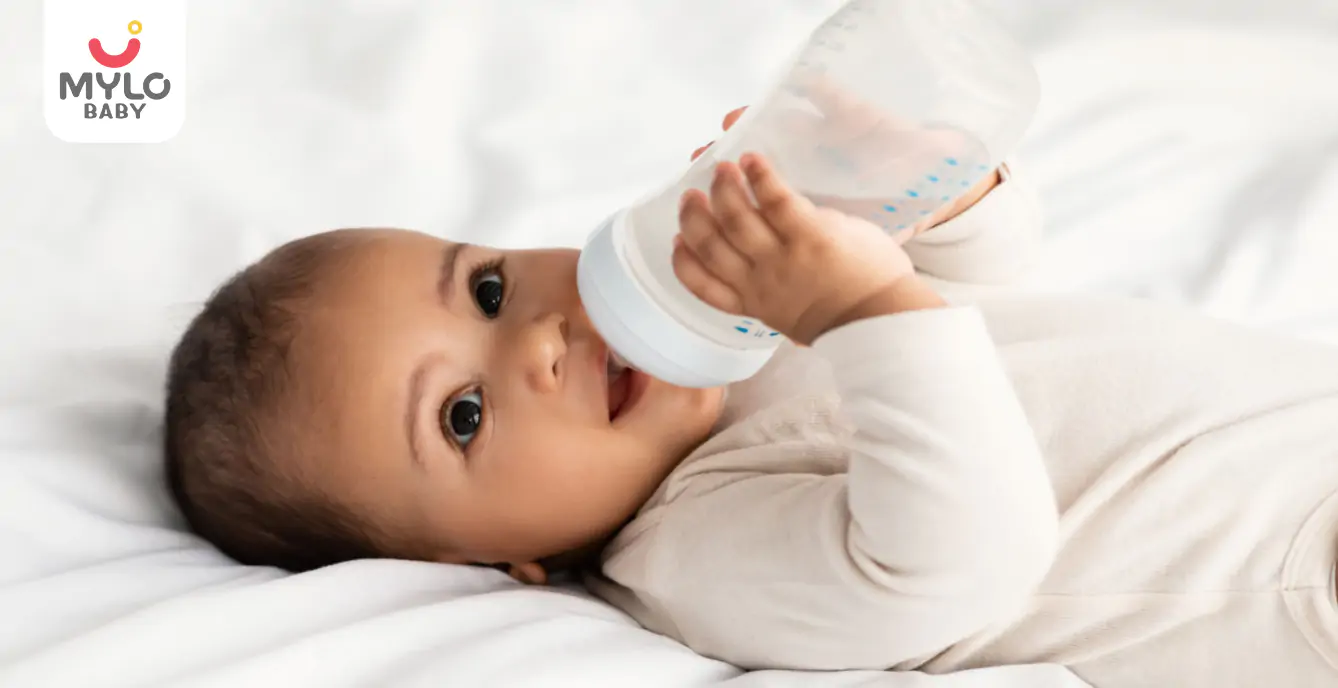
Women Interests
Let's know more about the growth and development of the brain in infants and early childhood.
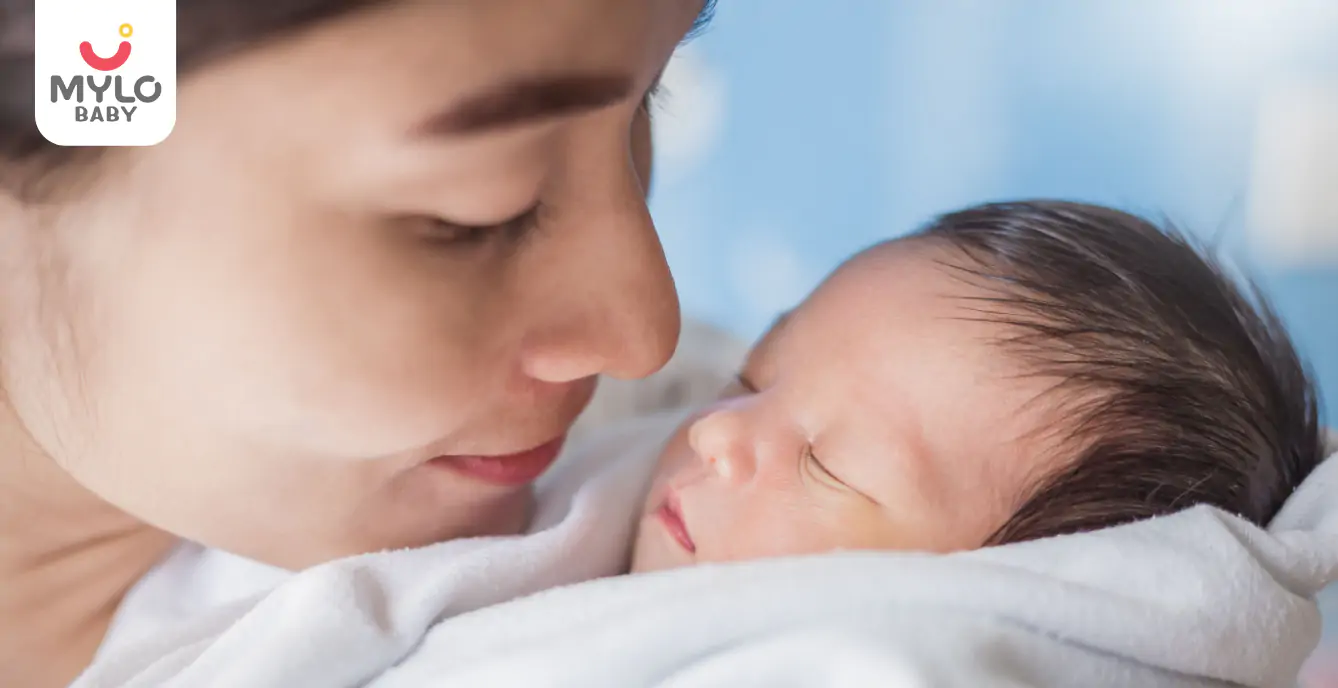
New Mom
Postnatal Care in India
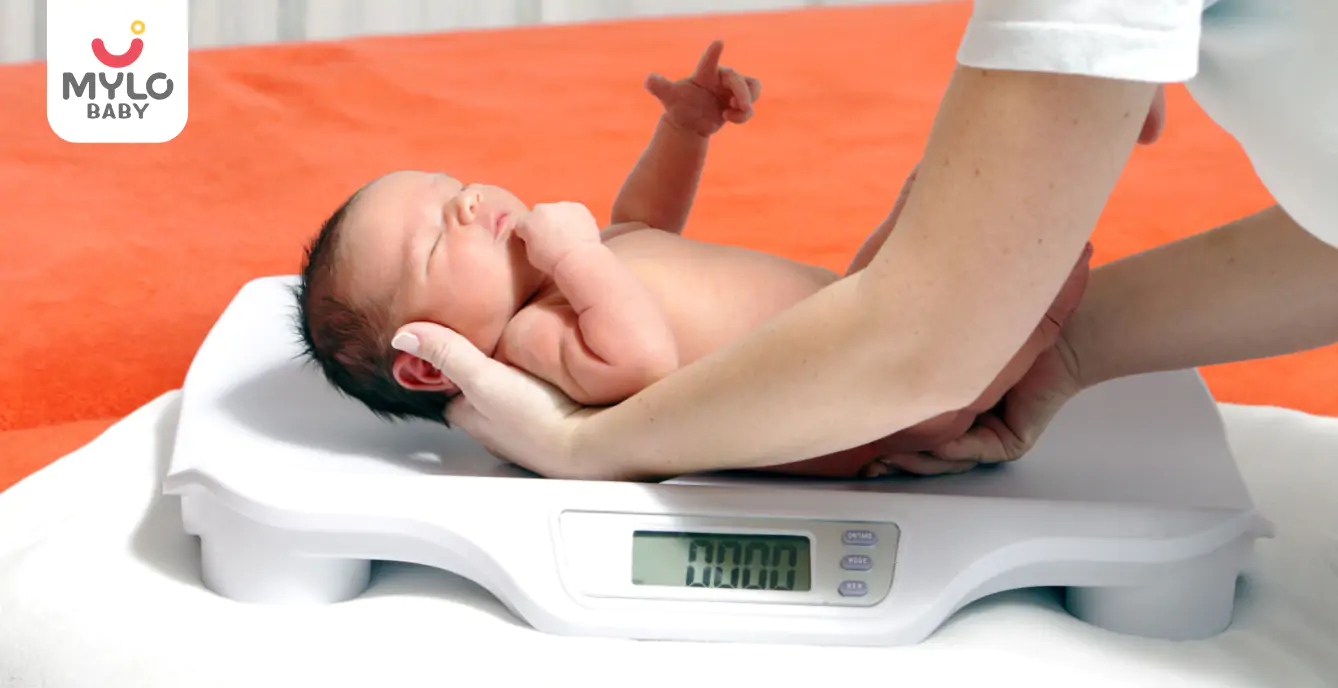
Weight Gain
Low Birth Weight: Causes, Complications & Treatment
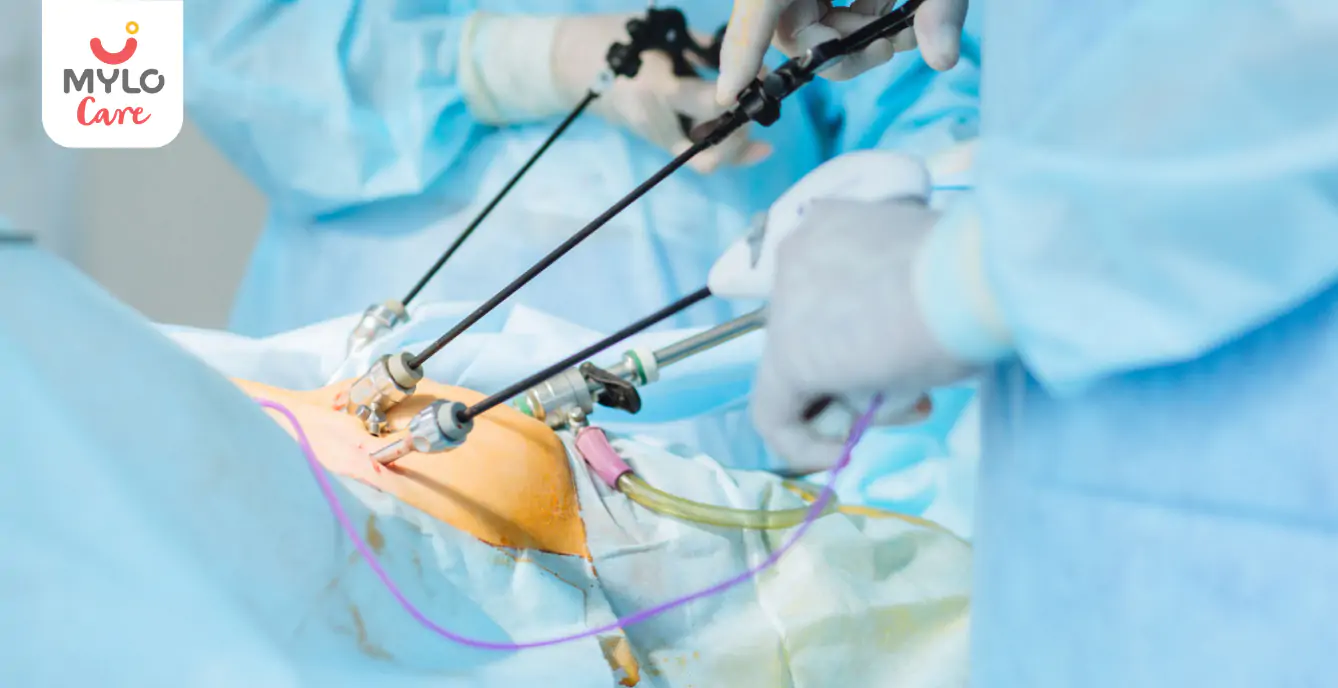
Medical Procedures
Laparoscopic Ovarian Drilling: A Safe and Effective Solution for PCOS-Related Infertility
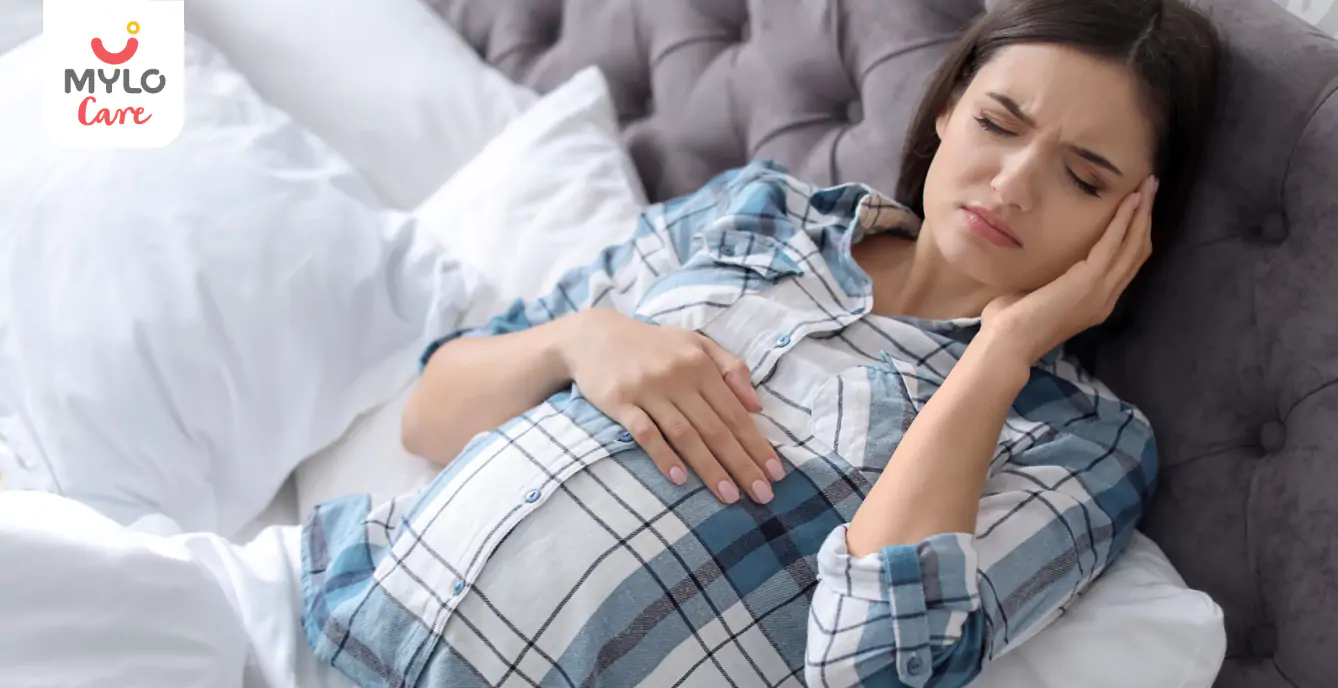
Headaches
Headache During Pregnancy: The Ultimate Guide to Causes and Cures

Scans & Tests
Fetal Doppler Scan During Pregnancy: In which week should you get it done?
- How Long Should Naps Be While Pregnant?
- Blocked Fallopian Tubes: How They Affect Your Chances of Conceiving
- How Do You Notify Your Employer That You Are Pregnant?
- The Ultimate Guide to Consuming Tapioca During Pregnancy
- Braxton Hicks Contractions or Real Labor: How to Tell Them Apart?
- Top 10 Tips For The Third Trimester Of Your Pregnancy
- Maternity Leave 101: Rules, Benefits & Timings for Expectant Working Women
- The A-Z Guide to Identifying Summer Vegetables for Kids
- Christian Baby Girl Names That Stand the Test of Time
- The A-Z Guide on Purple Colour Fruits and Vegetables for Kids
- The A-Z Guide on Red Colour Fruits & Red Colour Vegetables for Kids
- The A-Z Guide on Yellow Fruits & Yellow Colour Vegetables for Kids
- Cervical Cancer: Causes, Symptoms & Prevention
- The A-Z Guide to Identifying Stem Vegetables for Kids


AWARDS AND RECOGNITION

Mylo wins Forbes D2C Disruptor award

Mylo wins The Economic Times Promising Brands 2022
AS SEEN IN
















- Mylo Care: Effective and science-backed personal care and wellness solutions for a joyful you.
- Mylo Baby: Science-backed, gentle and effective personal care & hygiene range for your little one.
- Mylo Community: Trusted and empathetic community of 10mn+ parents and experts.
Product Categories
baby carrier | baby soap | baby wipes | stretch marks cream | baby cream | baby shampoo | baby massage oil | baby hair oil | stretch marks oil | baby body wash | baby powder | baby lotion | diaper rash cream | newborn diapers | teether | baby kajal | baby diapers | cloth diapers |








